Back to Courses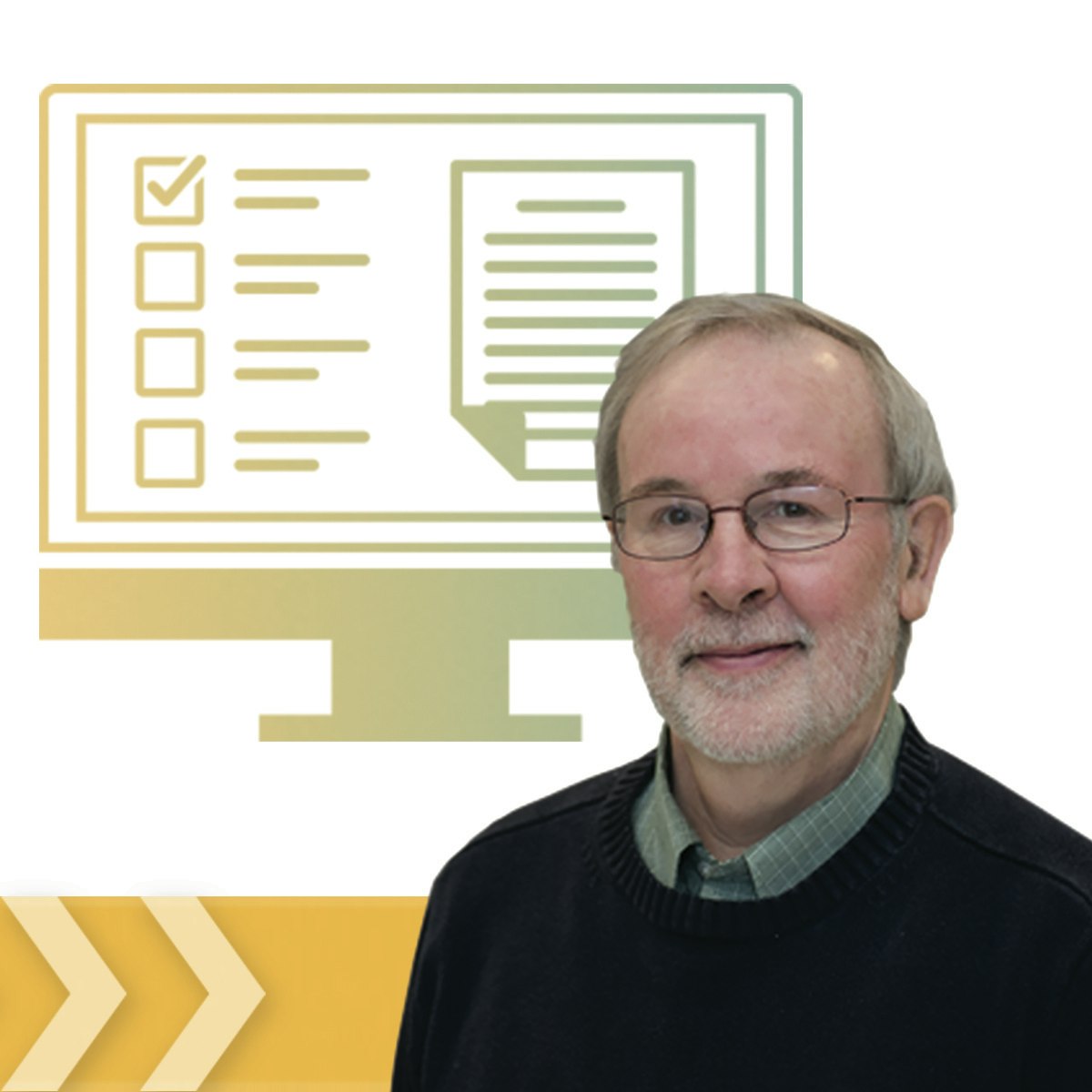
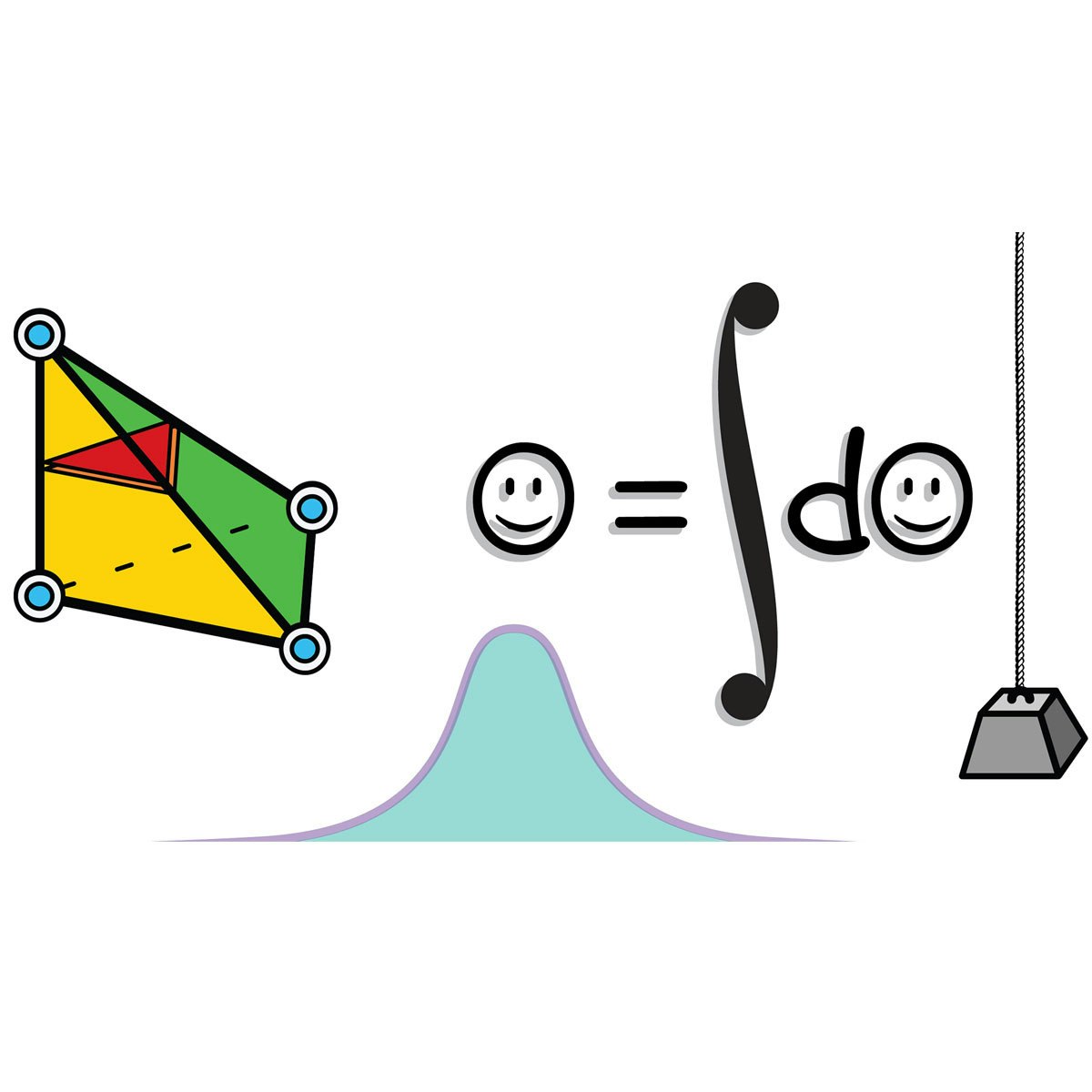
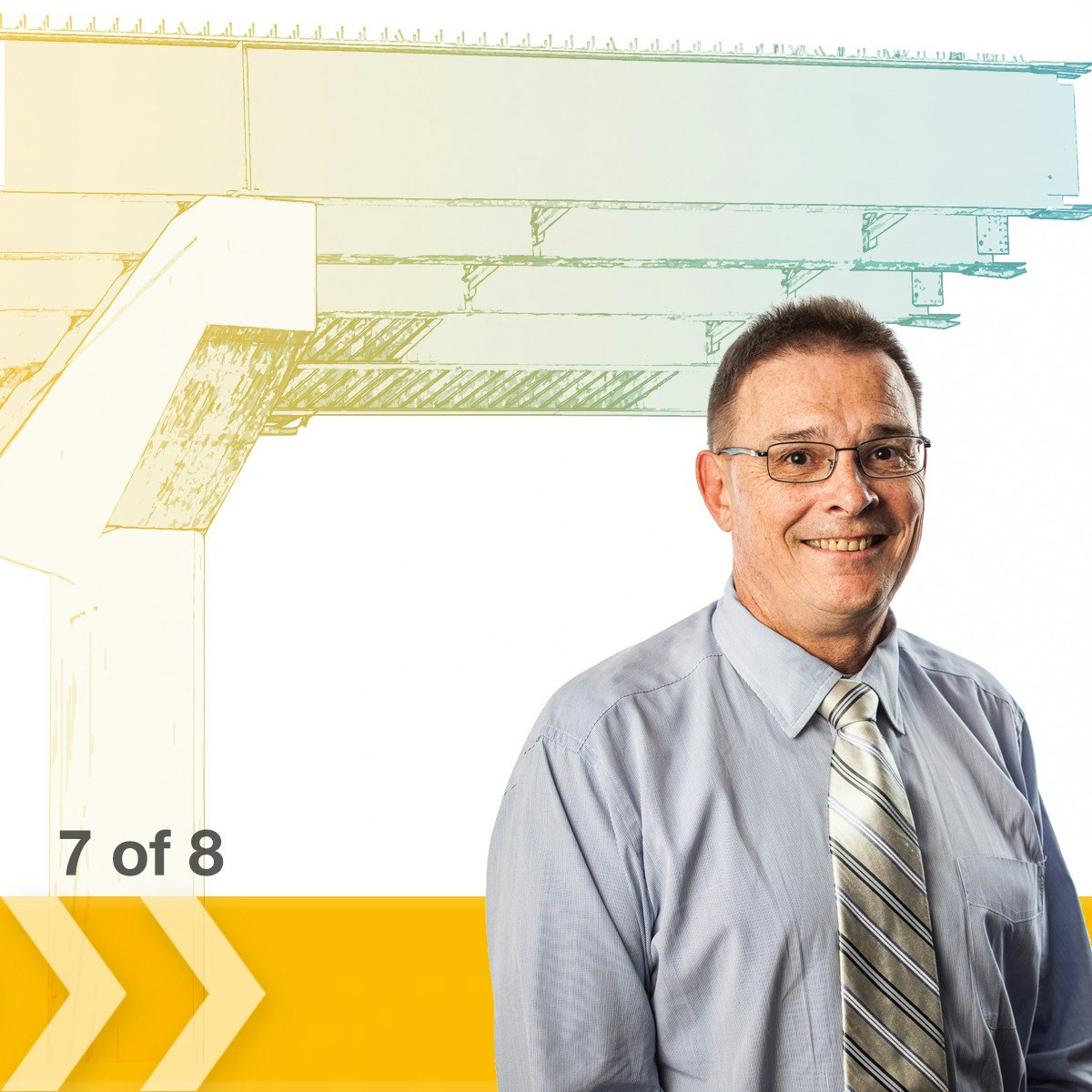


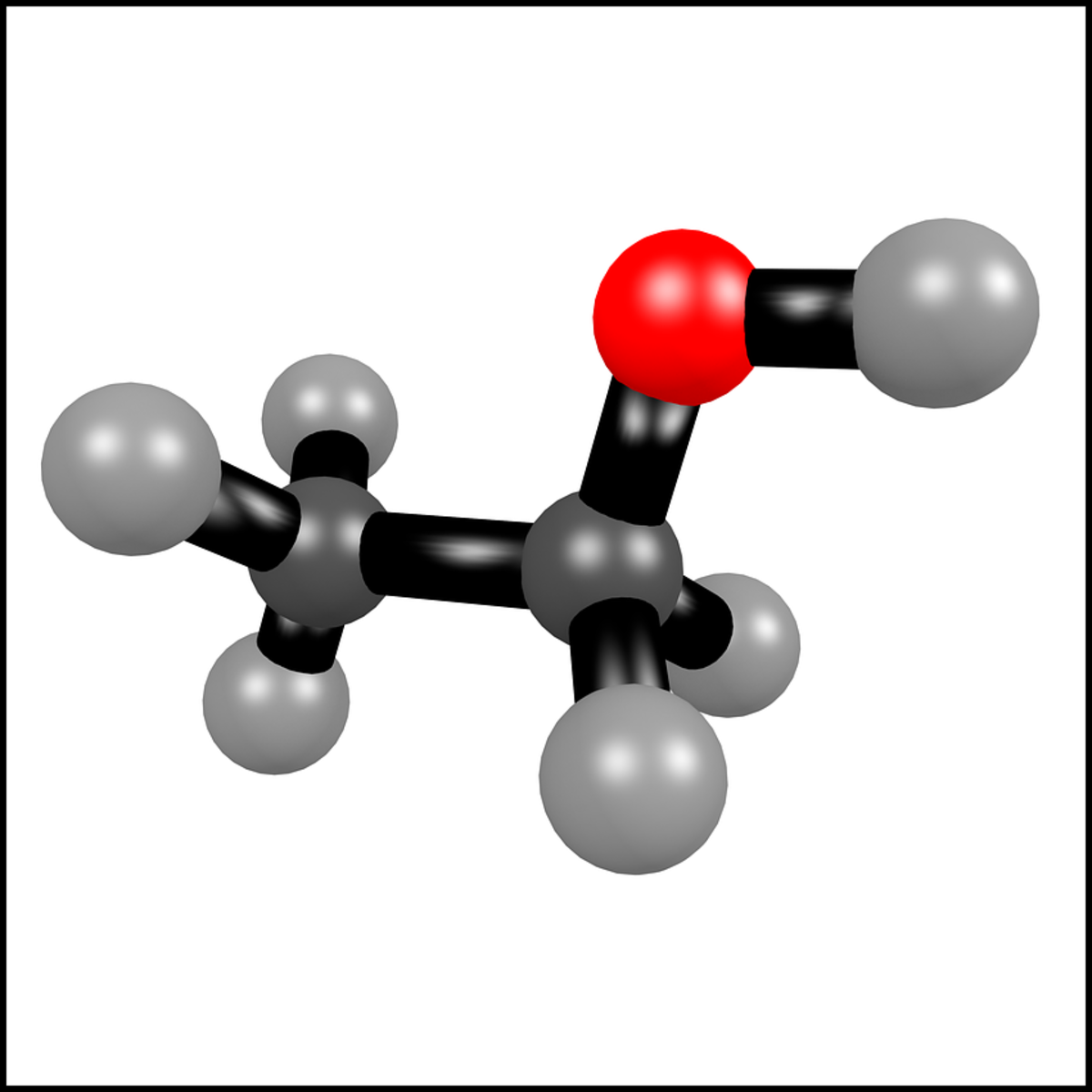

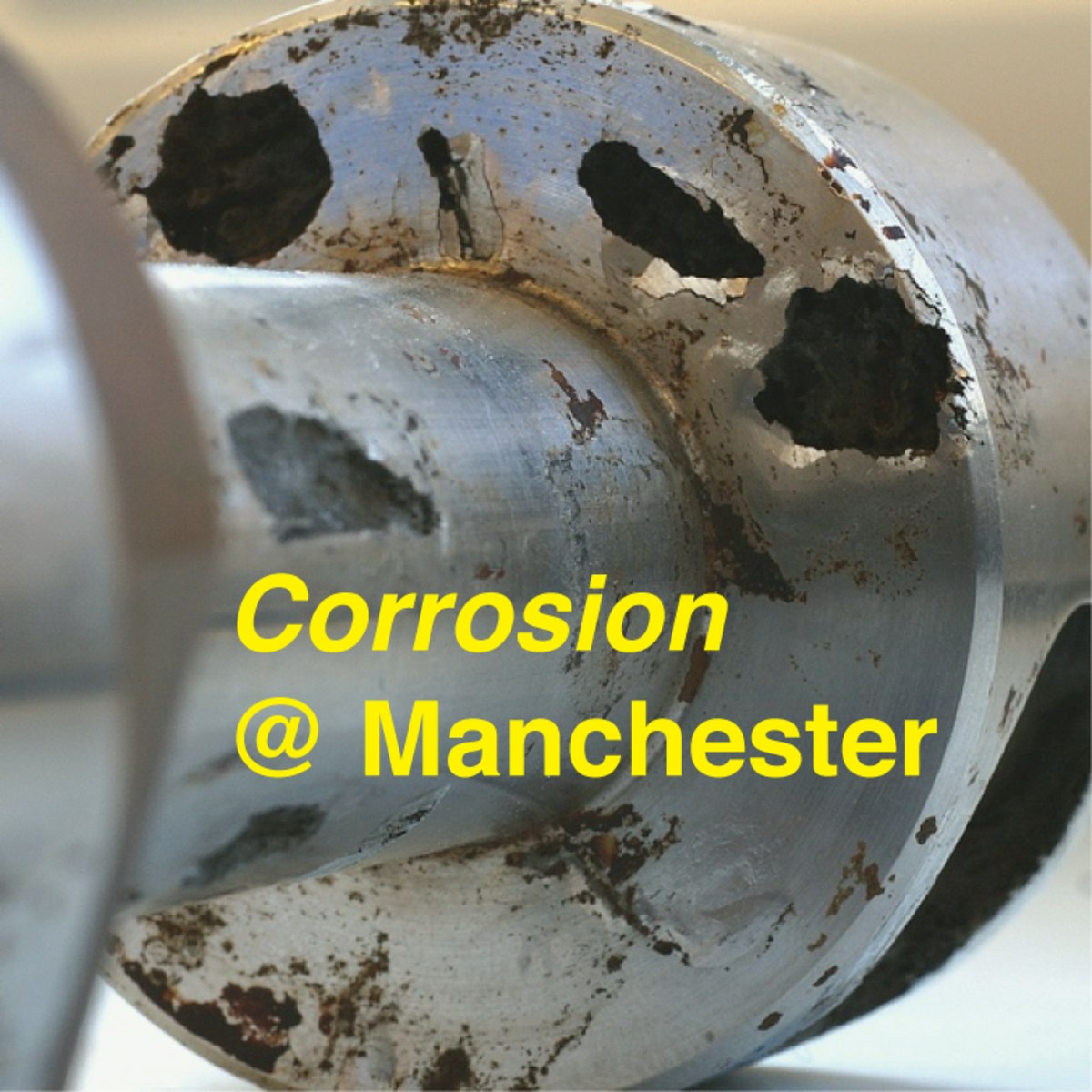

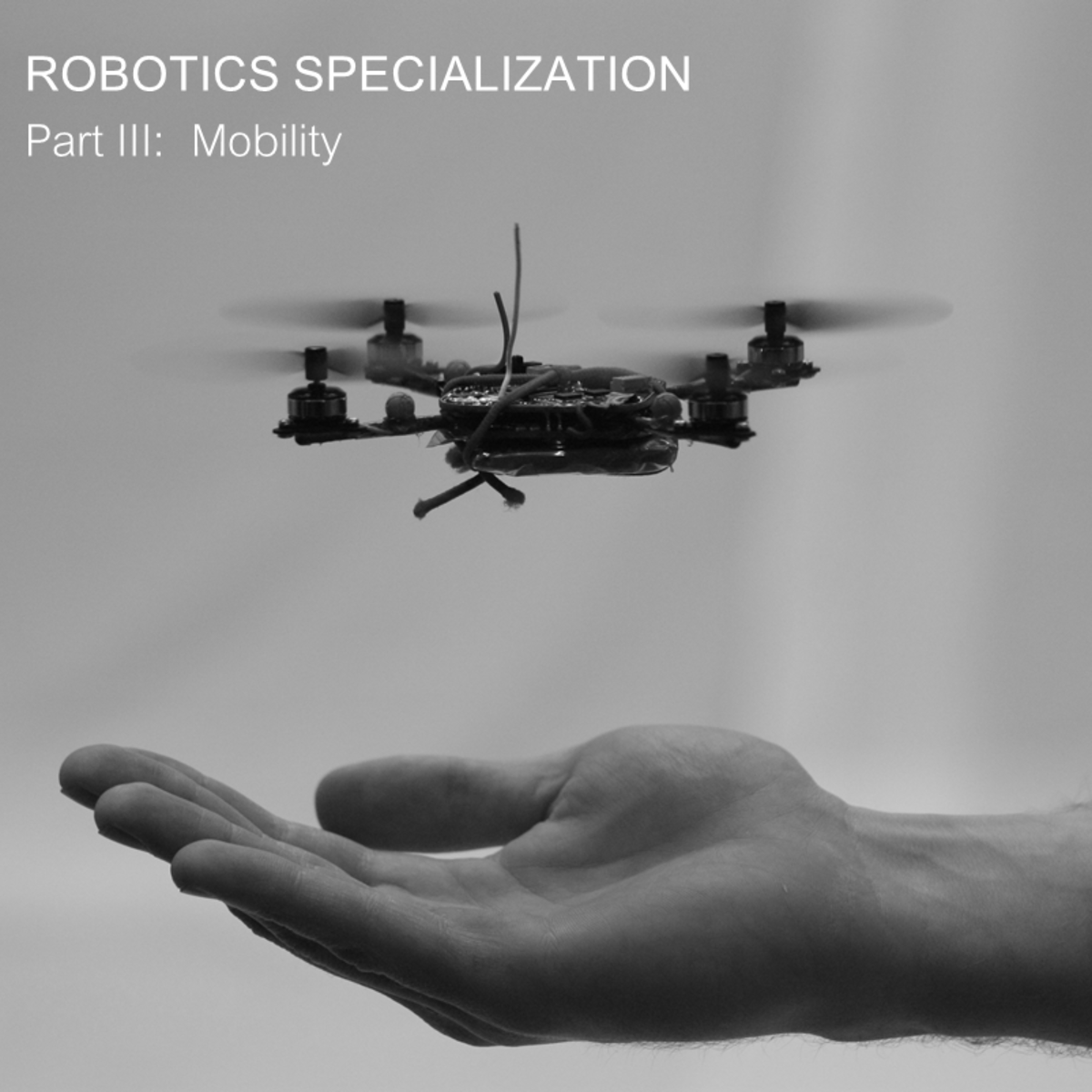
Mechanical Engineering Courses - Page 2
Showing results 11-20 of 148

Fundamentals of Engineering Exam Review
The purpose of this course is to review the material covered in the Fundamentals of Engineering (FE) exam to enable the student to pass it. It will be presented in modules corresponding to the FE topics, particularly those in Civil and Mechanical Engineering. Each module will review main concepts, illustrate them with examples, and provide extensive practice problems.

Calculus: Single Variable Part 4 - Applications
Calculus is one of the grandest achievements of human thought, explaining everything from planetary orbits to the optimal size of a city to the periodicity of a heartbeat. This brisk course covers the core ideas of single-variable Calculus with emphases on conceptual understanding and applications. The course is ideal for students beginning in the engineering, physical, and social sciences. Distinguishing features of the course include: 1) the introduction and use of Taylor series and approximations from the beginning; 2) a novel synthesis of discrete and continuous forms of Calculus; 3) an emphasis on the conceptual over the computational; and 4) a clear, dynamic, unified approach.
In this fourth part--part four of five--we cover computing areas and volumes, other geometric applications, physical applications, and averages and mass. We also introduce probability.

Mechanics of Materials III: Beam Bending
This course explores the analysis and design of beam bending problems.
Prerequisite Knowledge: You will need to have successfully completed my earlier course “Mechanics of Materials I: Fundamentals of Stress and Strain and Axial Loading” in order to be successful in this course
-------------------------------------------------
The copyright of all content and materials in this course are owned by either the Georgia Tech Research Corporation or Dr. Wayne Whiteman. By participating in the course or using the content or materials, whether in whole or in part, you agree that you may download and use any content and/or material in this course for your own personal, non-commercial use only in a manner consistent with a student of any academic course. Any other use of the content and materials, including use by other academic universities or entities, is prohibited without express written permission of the Georgia Tech Research Corporation. Interested parties may contact Dr. Wayne Whiteman directly for information regarding the procedure to obtain a non-exclusive license.

Autodesk Certified Professional: Revit for Architectural Design Exam Prep
Prove to potential employers that you’re up to the task by becoming an Autodesk Certified Professional. This online course from Autodesk prepares you by offering an overview of skills that match what is covered in the Autodesk Certified Professional: Revit for Architectural Design exam. The video lessons are structured to match the exam’s objective domains and follow the typical workflow and features of the Autodesk® Revit® Architecture software, including sections on modeling and materials, families, documentation, views, and Revit project management. In the course, you'll review advanced modeling architectural topics and work with walls, floors, roofs, ceilings, stairs, columns, and rooms. You'll also gain an understanding of exam topics such as family categories and types, phases and design options, schedules, and worksharing. Brush up on selection sets, detail components, color schemes, levels and grids, and much more.
About the Autodesk Certified Professional: Revit for Architectural Design exam:
The Autodesk Certified Professional: Revit for Architectural Design exam is the recognized standard for measuring your architectural design skills and knowledge in Revit. The certification enables you to showcase your abilities and also signals to potential employers that your skills have been validated. This type of experience typically comes from having worked with the software on a regular basis for at least 2 years, equivalent to approximately 400 hours (minimum) - 1200 hours (recommended), of real-world Autodesk software experience.
The Autodesk Certified Professional (ACP) certifications exams can be taken at a Pearson VUE Testing Center or through OnVUE, Pearson VUE’s online proctored environment. Candidates are given 120 minutes to complete a certification exam and should review the testing center polices and requirements before scheduling. Ready to take the exam? Schedule to take the exam online or find a testing center near you on Pearsonvue.com/autodesk.
Looking for more skill-building courses? Check out Autodesk’s additional learning resources to help with your learning journey: https://www.autodesk.com/learning

Introduction to Materials Science
Periods of our civilization have names associated with materials – stone age, bronze age, iron age and the silicon age. Materials impact all aspects of your daily life and will continue to do so in the future. The more we understand materials, the more we imagine the future with fantastic devices and advancements enabled by materials. This initial specialization introduces a limited number of material science and engineering concepts. The topic presentations are at the concept level without being mired in heavy mathematics. Participation in each course is best done by initially having a firm sense of what MSE does and its impact on society. Topics in this specialization span from atom bonding and crystal structure to diffusion and phase diagrams. Some of the position titles that may benefit from this course include Materials Engineer, Chemical Engineer, Electrical Engineer, Aerospace Engineer and Materials Quality Control. Others who want to explore the world of materials will find it helpful.

Quantum Mechanics
Course 2 of Statistical Thermodynamics presents an introduction to quantum mechanics at a level appropriate for those with mechanical or aerospace engineering backgrounds. Using a postulatory approach that describes the steps to follow, the Schrodinger wave equation is derived and simple solutions obtained that illustrate atomic and molecular structural behavior. More realistic behavior is also explored along with modern quantum chemistry numerical solution methods for solving the wave equation.

Wind Energy
How tall is a modern wind turbine and how can it possibly generate power from the wind? This course gives an overview of key aspects in wind energy engineering. Whether you are looking for general insight in this green technology or your ambition is to pursue a career in wind energy engineering, 'Wind Energy' is an excellent starting point.
Experts located in the wind pioneering country of Denmark will take you on a tour through the most fundamental disciplines of wind energy research such as wind measurements and resource assessment, aerodynamics, wind turbine technology, structural mechanics, materials, financial and electrical systems.
You will gain a rational understanding of wind energy engineering and, through hands-on exercises, you will learn to perform wind energy calculations based on simple models. Working with the different course disciplines will give you a taste of what wind energy engineering is all about. This allows you to identify the most interesting or relevant aspects of wind energy engineering to be pursued in your future studies or in your professional career.
View our video: https://youtu.be/he4UWTGHxrY
For other professional courses in wind energy engineering, visit our website at www.wem.dtu.dk

Protecting the World: Introducing Corrosion Science and Engineering
If you have ever encountered rusty car bodies, leaking pipes, tarnished silverware or the green patina of a copper roof then you have experienced corrosion in action. This course, from the Corrosion@Manchester team in collaboration with AkzoNobel, will teach you why metals corrode, what the environmental consequences are, how much corrosion costs and how corrosion can be controlled. It is designed for students, householders, teachers, professionals and anyone in-between.
The aim of the course is to introduce the complex world of corrosion and corrosion control. While a full appreciation of corrosion science involves elements of materials science, electrochemistry and physics while corrosion engineering requires a practical knowledge of corrosion failures and engineering design this course does not need an extensive background knowledge. The course mirrors elements of the Corrosion Control Engineering teaching programme at The University of Manchester for final-year undergraduates and masters-level postgraduates and is used as a supplementary learning resource by our students.

Converter Control
This course can also be taken for academic credit as ECEA 5702, part of CU Boulder’s Master of Science in Electrical Engineering degree.
This course teaches how to design a feedback system to control a switching converter. The equivalent circuit models derived in the previous courses are extended to model small-signal ac variations. These models are then solved, to find the important transfer functions of the converter and its regulator system. Finally, the feedback loop is modeled, analyzed, and designed to meet requirements such as output regulation, bandwidth and transient response, and rejection of disturbances.
Upon completion of this course, you will be able to design and analyze the feedback systems of switching regulators.
This course assumes prior completion of courses Introduction to Power Electronics and Converter Circuits.

Robotics: Mobility
How can robots use their motors and sensors to move around in an unstructured environment? You will understand how to design robot bodies and behaviors that recruit limbs and more general appendages to apply physical forces that confer reliable mobility in a complex and dynamic world. We develop an approach to composing simple dynamical abstractions that partially automate the generation of complicated sensorimotor programs. Specific topics that will be covered include: mobility in animals and robots, kinematics and dynamics of legged machines, and design of dynamical behavior via energy landscapes.
Popular Internships and Jobs by Categories
Find Jobs & Internships
Browse
© 2024 BoostGrad | All rights reserved